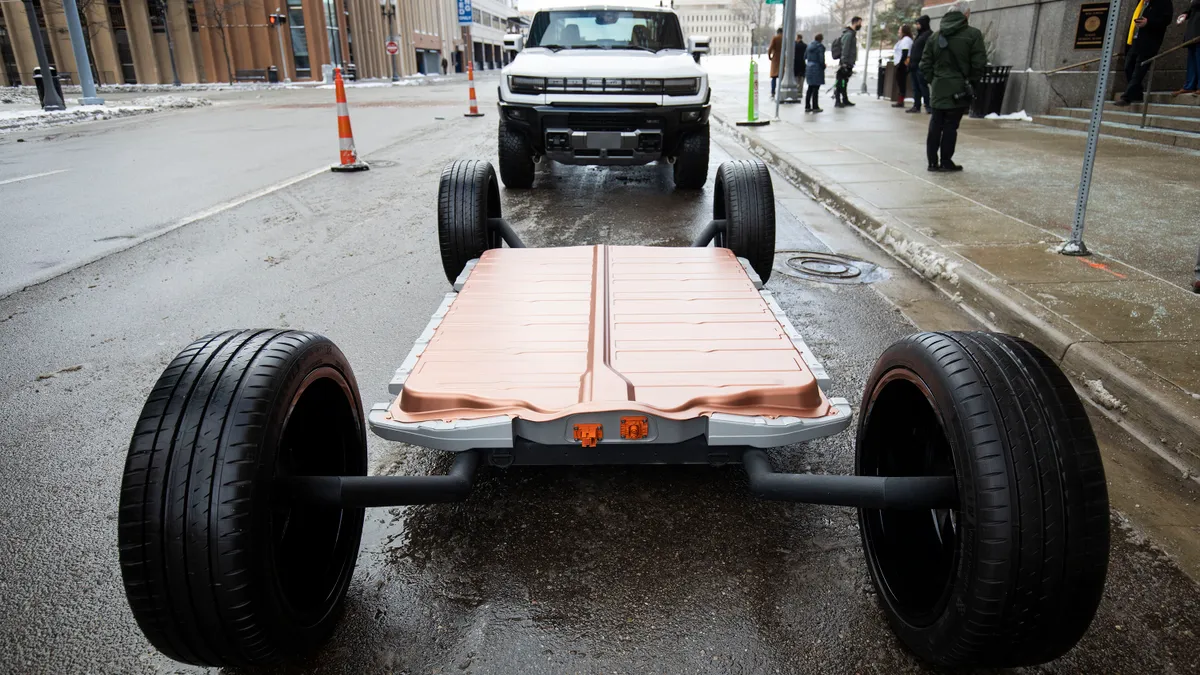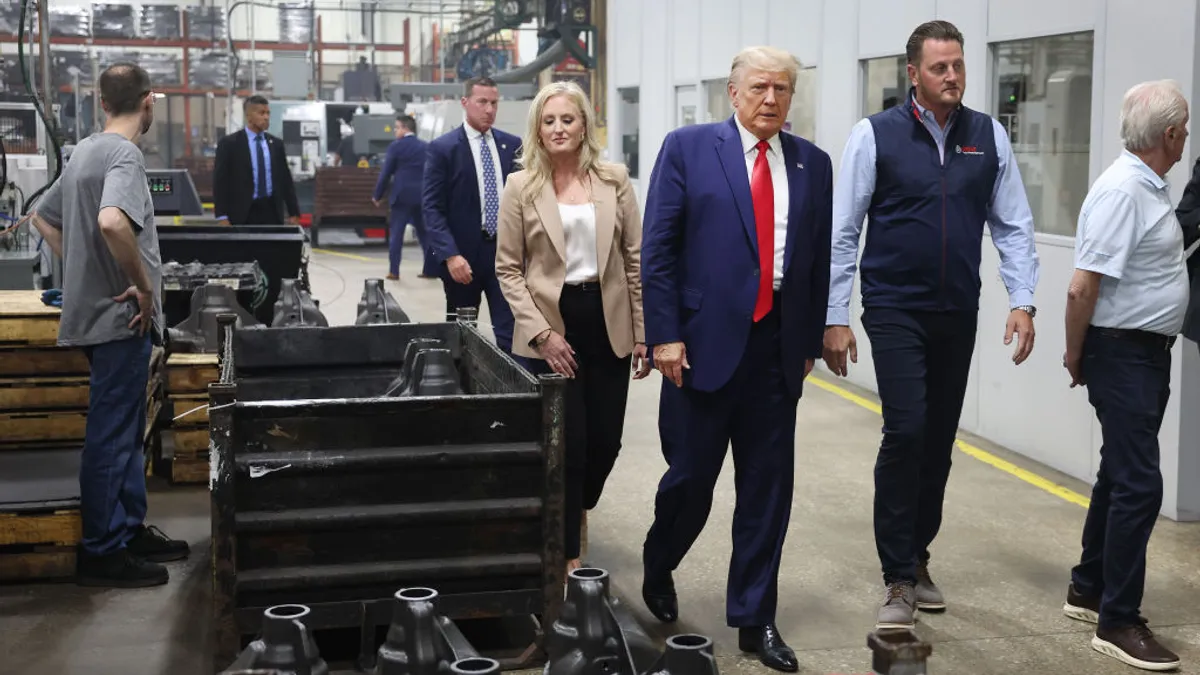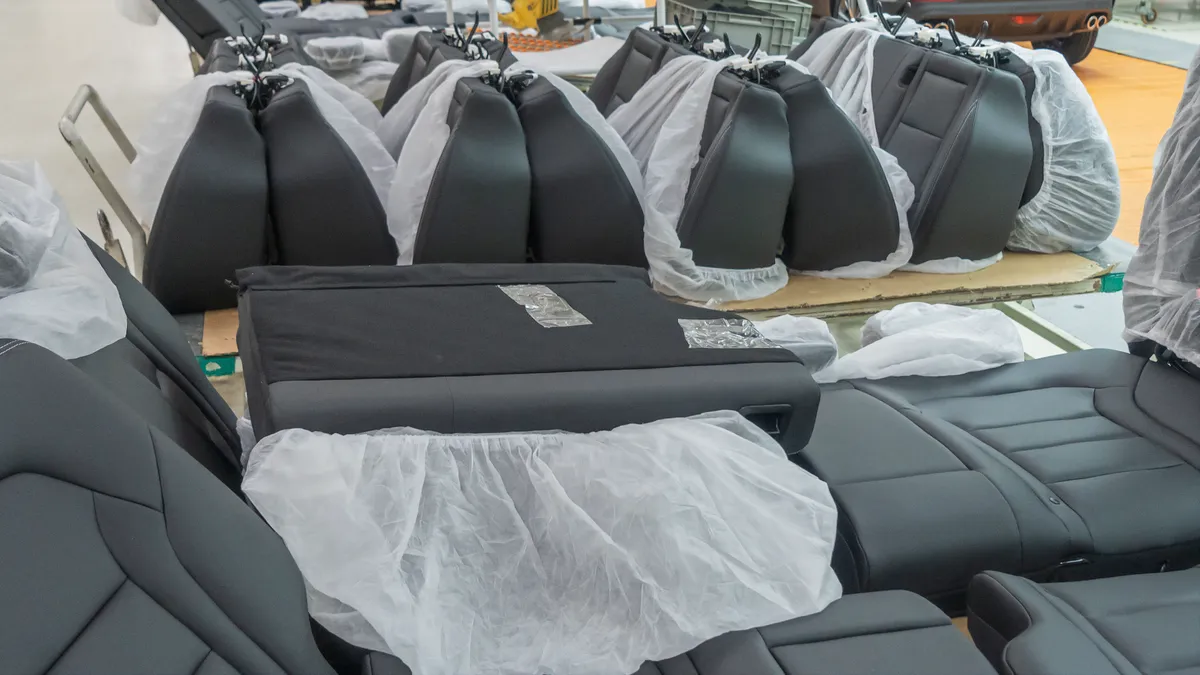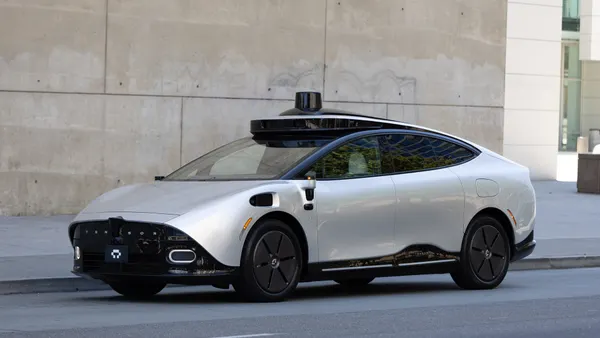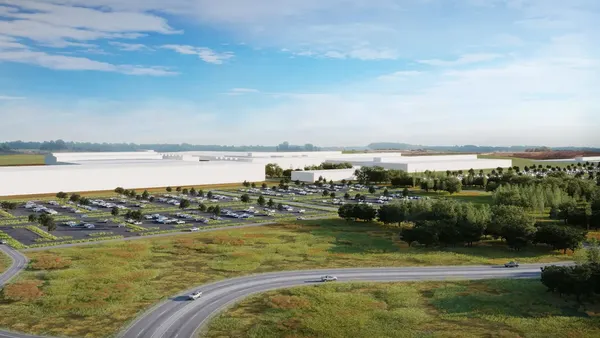Dive Brief:
- General Motors and its joint venture battery manufacturing partner POSCO Future M are investing over $1 billion to increase the production of cathode active material.
- With the funds, GM and POSCO Future M aim to produce batteries for 360,000 electric vehicles annually.
- The partnership to produce CAM, which represents roughly 40% of the cost of producing battery cells, will help GM reach its goal of making 1 million EVs a year by 2025 by fortifying its supply chain.
Dive Insight:
The CAM produced by GM and POSCO at a Bécancour, Quebec, facility will be used in batteries made for the automaker’s Ultium EV platform. GM and POSCO will also integrate what’s called precursor materials production, which is a combination of the processed raw materials that are needed to produce CAM.
“Increasing CAM production capacity and adding [precursor materials production] to our joint venture is another significant step in building a more secure and sustainable North America-focused supply chain to support GM’s fast-growing EV production needs,” said Doug Parks, executive vice president, global product development, purchasing and supply chain.
The Ultium CAM joint venture between GM and South Korea-based POSCO was announced in January 2022 and is majority owned by POSCO Future M. The Ultium CAM joint venture will support the production of both electric passenger and commercial vehicles annually in the 2025-2030 timeframe, according to GM.
It will also help establish a larger raw material supply chain for EV battery production in the U.S. Currently, most CAM processing for battery production is located in Asia, which increases U.S. automakers’ reliance on overseas suppliers, including China.
GM also plans to have an EV battery capacity of 160GWh in North America spread across four U.S. battery cell plants by 2025, with one in Northeast Ohio. The facility is part of a joint venture, named Ultium Cells, between GM and its battery partner LG Energy Solution.
The automaker has another EV factory located in Spring Hill, Tennessee. GM recently announced an additional $2.3 billion investment in that factory, which will mass-produce batteries for the Cadillac LYRIQ SUV and future EVs assembled at Spring Hill.
Making America more energy independent has been a long-standing goal for Washington policymakers, leading Congress, with support from the White House, to include $7 billion in the Bipartisan Infrastructure Law to help domestic automakers secure critical minerals and other components for EV batteries. In October, the White House announced the first group of projects to receive funding with the Department of Energy awarding $2.8 billion in grants to 20 manufacturing and processing companies to extract and process key battery materials, such as lithium and graphite.
According to the U.S. Office of Energy Efficiency and Renewable Energy, by 2030, EV battery manufacturing capacity in North America is expected to be roughly 20 times greater than in 2021.



